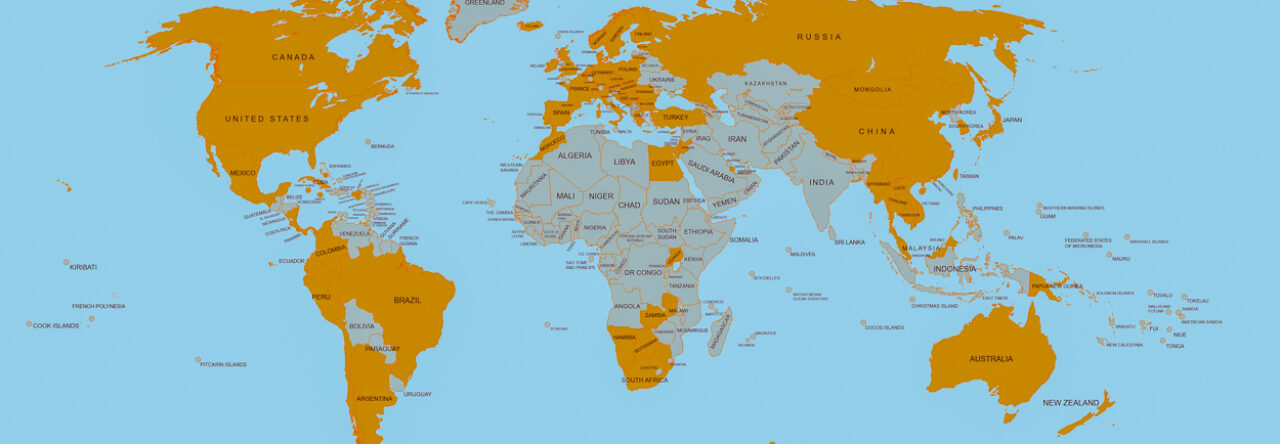March 30, 2014
Time to work at the Fu Jen Catholic University
On Sunday morning I finally got to do some work. It was a very windy day, so the clouds were blown away and the sky was clear and blue. We were picked up and taken to the Fu Jen Catholic University where the Taiwan Society of Sleep Medicine was meeting. I was the first of two keynote speakers at the opening of the meeting. I spoke for about an hour and then took questions. The auditorium was quite large and with beautiful flowers lining the front of the stage. Each seat had its own microphone for questions, although no one seemed to use them.
Yingee and the Yingee Ceramics Museum
After the end of the talk, Jenny, the graduate student, along with one of the other students, drove us to Yingee, a town outside of Taipei. We drove north along the river and there was a park with a bike trial all the way, sort of like Riverside Drive in New York. Once we got to Yingee, we met up with Colin Espie and some other students who had come by train.
To read more about Yingee, click on this link
5 taiwan Yingee
Dihua Street
Dihua
Street is considered the most important and oldest street in Taipei. It goes back to the mid-1800s and was the center of commerce, particularly for medicinal herbs, fabrics, incense, spices, dried fruit and tea – all of which are still sold here today. The street is much like a living museum. It is lined with shops some over a century old. We were fascinated as we walked around trying to identify the different traditional herbs.
To read more, click on this link:
